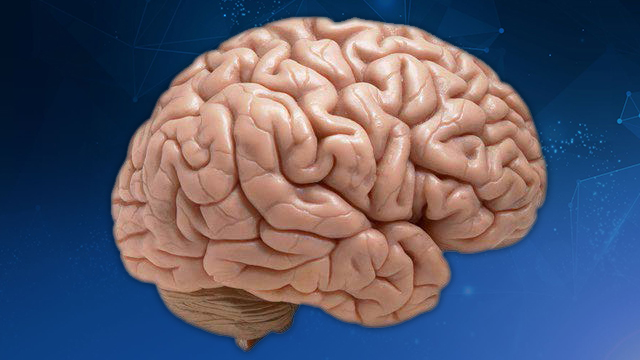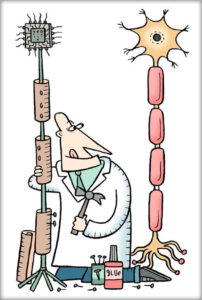COGNITIVE & COMPUTATIONAL NEUROSCIENCE PROGRAM
KEY FUNDING AREAS
-
- The Air Force Office of Scientific Research’s (AFOSR) Cognitive & Computational Neuroscience program funds high-risk/high-impact basic research on the mechanisms of perception, cognition, and behavior and at the intersection of neuroscience and artificial intelligence.
BASIC NEUROSCIENCE RESEARCH
- Mechanisms of Perception, Cognition, Motor Control/Behavior – This area is at the core of the program and covers sensory input, motor output, and everything in between. Recent grants have examined the retinal mechanisms of color vision, visual search and attention, aspects of learning, memory, and decision making, and neural population dynamics that drive sensorimotor processing and motor output.
- Neural Information Representation – Proposed research projects should characterize neural activity with the aim of reliably decoding neuronal information. Proposers should describe how their research, if successful, will advance our ability to test hypotheses regarding neural mechanisms and functions and/or enable greater sophistication for applications such as sensory and sensorimotor prosthetics, brain-machine interfaces, and deception detection.

NEUROSCIENCE & ARTIFICIAL INTELLIGENCE
- Brain-inspired Computing – Research proposals on brain-inspired computational capabilities should describe how the research will fill gaps in computing or how it will enable novel artificial intelligence algorithms.
- Brain-inspired Machine Learning – The program seeks to create brain-inspired or biomimetic algorithms that advance the state of the art and have the potential for revolutionary progress on these or related research challenges.
- Bio-inspired Sensing – Proposals should describe a species’ sensory function in which the sensor, environment, and behavior align with the proposed application(s), hypotheses about the associated neural information processing mechanisms, and a research plan that culminates in a proof-of-concept demonstration.

HOW CAN I WORK WITH AFOSR?
- Start with the Broad Agency Announcement on grants.gov (“Research Interests of the Air Force Office of Scientific Research”)
- Submit a ~3-5 page white paper via email, briefly describing the proposed research, including details about the research questions and hypotheses, approach, anticipated benefits, and approximate total cost (with indirect costs)
- If invited, submit a full proposal via grants.gov
- Await funding decision and award (expect 6 months)
- Get to work (pending any experimental protocol approvals)! Requirements include annual progress reports and participation in annual program reviews

INTERNATIONAL OFFICES
AFOSR seeks to fund the best basic research in our areas of interest worldwide. We have strategically placed offices in the United Kingdom, Japan, Chile, Brazil, and Australia.
ABOUT AFOSR
As a vital component of the Air Force Research Laboratory, the Air Force Office of Scientific Research’s mission is to discover, shape, champion, and transition high-risk basic research to profoundly impact the future United States Air and Space Force.

